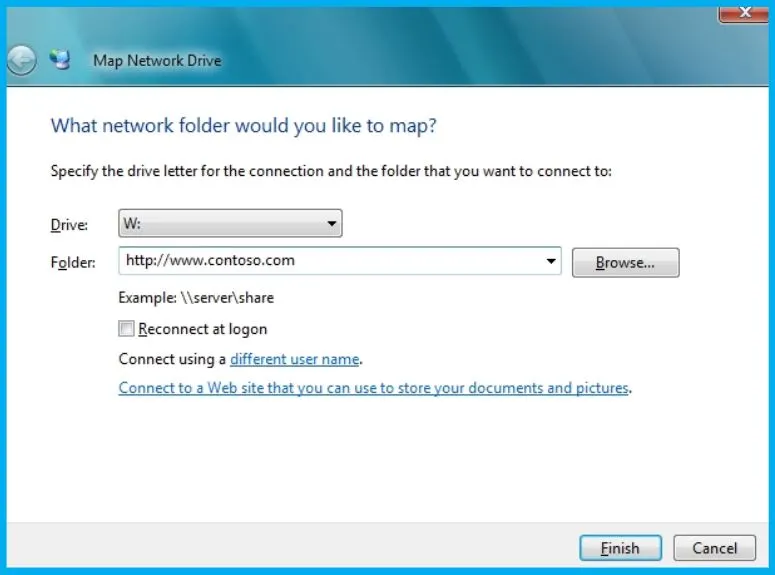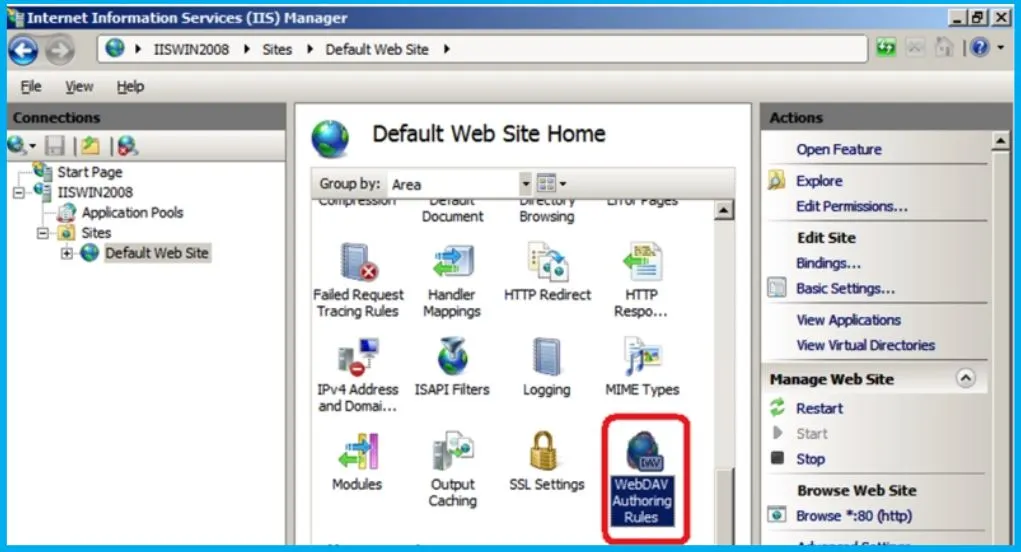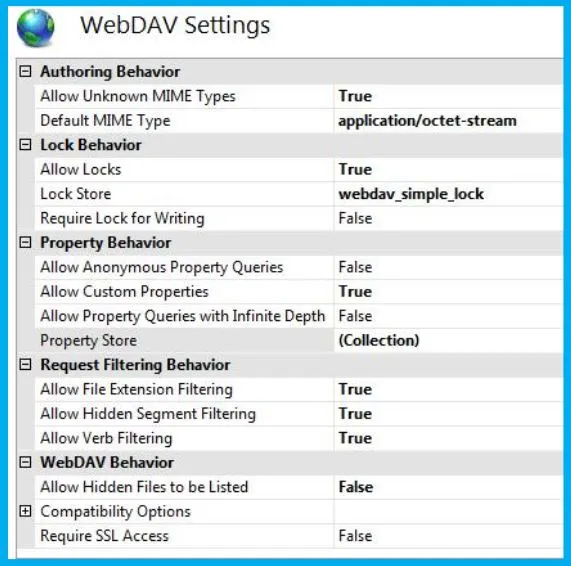The Webclient WebDAV service, once a prominent feature in Windows, has been officially deprecated. This indicates that Microsoft is gradually reducing the help and updates for this service, showing that they plan to stop using it in upcoming versions of the operating system.
Once upon a time, SCCM used WebDav service for many things but not anymore. Currently, the Webclient service is no longer started by default in Windows. Users who rely on WebDAV functionality will need to manually enable the service if they wish to continue using it.
This shift highlights the importance of exploring alternative solutions for WebDAV-related tasks, as it may no longer be a viable long-term option for specific applications or workflows within the Windows environment.
WebDAV is an extension to Hypertext Transfer Protocol (HTTP) that helps the internet do more with files. It makes it easier to copy, move, delete, and create files using the internet. It’s like giving the internet extra powers for handling files.
- Microsoft is Planning to Remove VBScript from Windows Permanently
- WordPad App Removal from Windows is Announced by Microsoft
What is WebDAV?

WebDAV, short for Web Distributed Authoring and Versioning. It is an extension of the regular way the internet works. It helps manage files over the internet, making tasks like copying, moving, deleting, and creating files much more accessible.
Deprecation of Webclient WebDAV Service and Default Status in Windows
WebDAV is an extension of HTTP that helps you enable operations like copying, moving, deleting, and creating files. The WebDAV API is a set of Win32 functions that facilitates connections to WebDAV servers for file operations.
- It complements Windows networking and file management functions
- It enhances remote file handling on WebDAV servers.
| Feature | Details and mitigation | Deprecation announced |
|---|---|---|
| Webclient (WebDAV) Service | The Webclient (WebDAV) service is deprecated. The Webclient service isn’t started by default in Windows. | November 2023 |
Web Authoring with WebDAV Support in Microsoft Tools
Some of Microsoft’s web authoring tools, including Expression Web Designer, have native support for working with WebDAV-enabled websites. Additionally, with the introduction of a dedicated WebDAV redirector in Windows Vista and Windows Server 2008, users can map a drive letter to a website configured to use the WebDAV module.

WebDAV API for C and C++ Developers
The WebDAV API is used specifically for developers proficient in C and C++. This interface provides tools and functionalities optimized for programming in these languages. It allows developers to integrate WebDAV capabilities into their applications with ease and efficiency.
WebDAV Implementation for IIS
In the past, Microsoft introduced a reimagined WebDAV implementation for IIS. The new WebDAV implementation has been designed to work well with the WebDAV protocol. It ensures smoother and more reliable file management over the Internet.
- Compared to the previous WebDAV module for IIS 6.0, this new implementation offers enhanced configurability.
- It boasts faster performance, making file operations and transfers more efficient and responsive. This ensures a speedier and more productive user experience.

Enhancements in WebDAV Configuration
The WebDAV implementation in IIS introduces several significant improvements in configuration options, providing more control and flexibility for administrators.
| Configuration Feature | Description |
|---|---|
| WebDAV-Specific Configuration | The previous WebDAV implementation had limitations in how it interacted with standard IIS configuration settings. The new version separates these settings, allowing more precise control over WebDAV behaviour. |
| Per-Site WebDAV Settings | Unlike in IIS 6.0, where WebDAV was enabled at the server level, the new implementation allows WebDAV to be enabled at the site level. |
| Per-URL Security Settings | The WebDAV extension module introduces the capability to establish custom security settings on a per-URL basis. This means administrators can define specific security rules for different URLs, separating them from the standard per-URL authorization rules in IIS. |
| Support for shared and exclusive locks | The updated WebDAV extension module supports both shared and exclusive locks. This feature helps prevent accidental overwrites, ensuring that multiple users can work on the same file without risking lost updates. |

Deprecated features in the Windows client – What’s new in Windows | Microsoft Learn
We are on WhatsApp. To get the latest step-by-step guides and news updates, Join our Channel. Click here – HTMD WhatsApp.
Author
About the Author – Vidya is a computer enthusiast. She is here to share quick tips and tricks with Windows 11 or Windows 10 users. She loves writing on Windows 11 and related technologies. She is also keen to find solutions and write about day-to-day tech problems.
